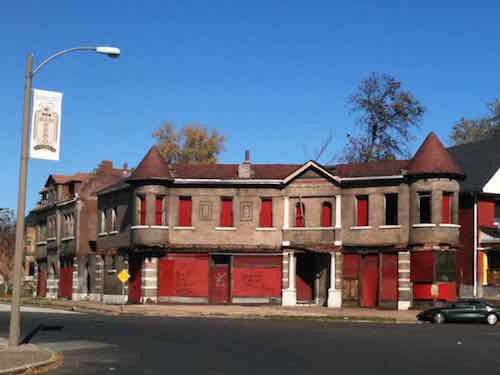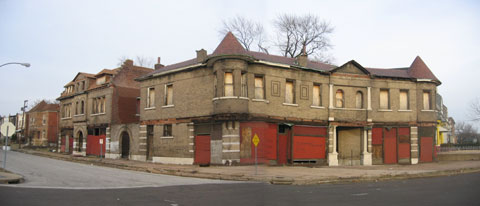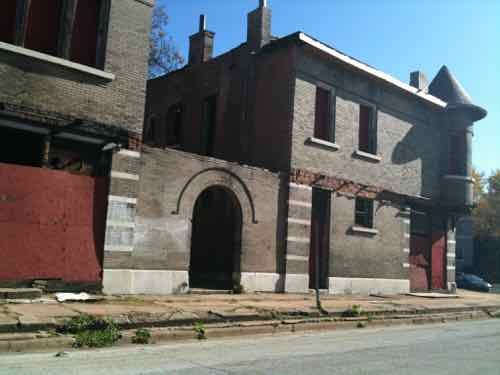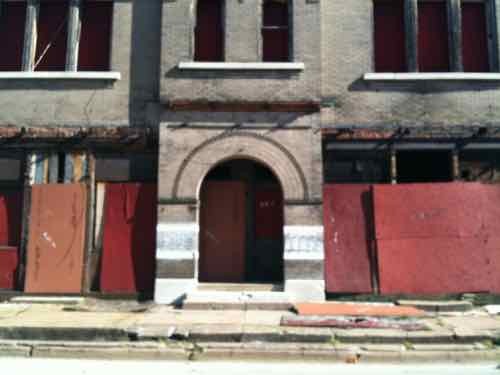Readers favorite St. Louis beer is…
My poll last week was not about a serious issue facing St. Louis. Instead the question asked readers to vote for their favorite St. Louis beer. The winner by a huge margin was Schlafly. For readers from out of town, co-founder Tom Schlafly is a nephew of Eagle Forum founder Phyllis Schlafly.  She is not part of the beer business.
I’ve been doing these polls for months now and none has generated as many votes as this. The recent poll on Rush Limbaugh buying the Rams was the top vote getter, over 300 votes. While that is a great number it is less than 10% of the 3,349 visitors during the week. Here are the final numbers:
- Schlafly 193 (64%)
- Anheuser Busch 25 (8%)
- Square One Brewery 23 (8%)
- O’Fallon Brewery 17 (6%)
- I don’t drink beer/no opinion 14 (5%)
- Mattingly Brewing 13 (4%)
- Buffalo Brewing 5 (2%)
- Trailhead Brewery 5 (2%)
- Morgan Street Brewery 3 (1%)
- Other answer… 2 (1%)
- Amalgamated Brewery 1 (0%)
- Alandale Brewing 0 (0%)
- Augusta Brewery 0 (0%)
One of the two “other” votes was anything smoke-free. Agreed.

I too favor Schlafly’s beer but I also like the fact they opened up in December 1991 in a then desolate part of downtown. There were no lofts. There were few restaurants and few businesses of any type.  1991 was my first full year living in St. Louis and their place, The Tap Room, made me think downtown would soon be thriving as others joined in. Downtown is now a great place but it just took 15 more years than I thought.
From Schlafly.com:
The two adjoining buildings that house our location in downtown St. Louis were completed in 1902 and 1904 and had been built with super-heavy steel reinforced beams to house the printing presses that would occupy the space for the next 65 years. The designer was Samuel L. Scherer, a self-educated architect. Scherer was a student of Ruskin, Morris and the Arts and Crafts movement in England. He was known to say that “architecture is the most useful of the fine arts and the finest of the useful arts.” He later became the first Director of the St. Louis Art Museum.
On their website they have great pictures of a massive fire at 21st & Locust (map) in 1976 when a few major buildings were completely destroyed. For me much of the appeal of a local brewery is how they can fit into our urban neighborhoods.
If you drink please do so responsibly.
– Steve Patterson




